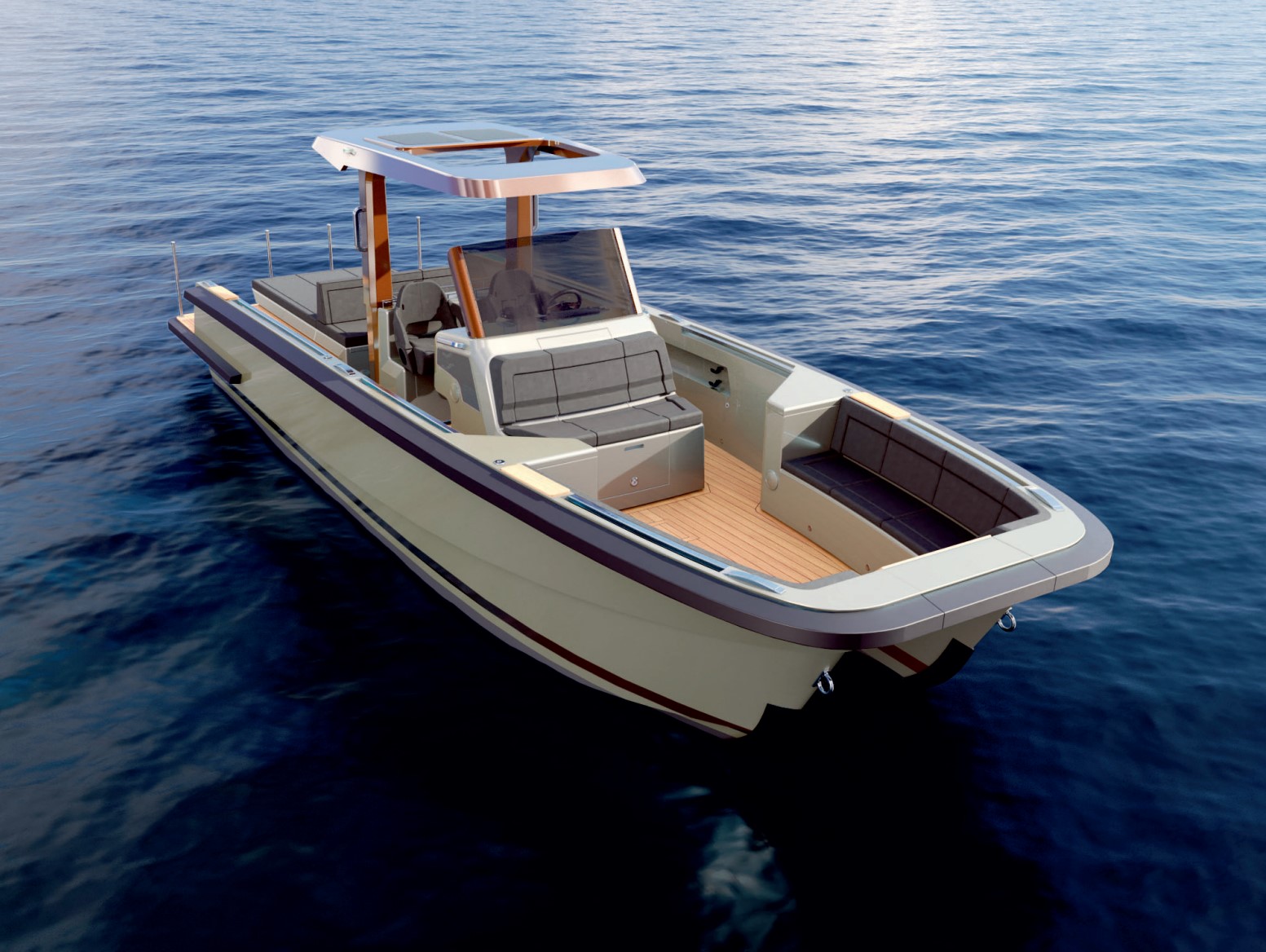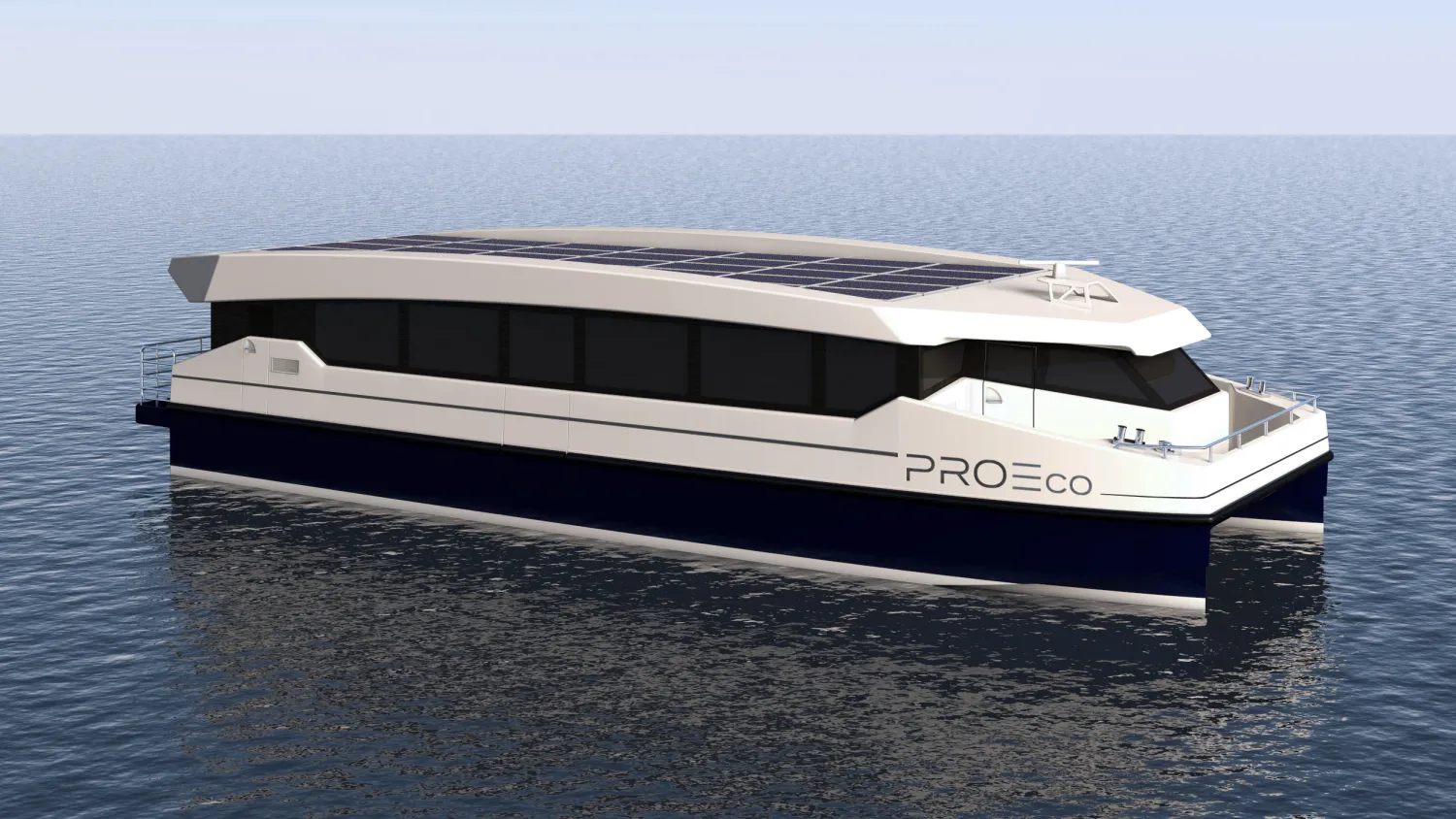
UNIDIRECTIONAL carbon
Die strukturelle Ausrichtung kann auf 0° oder 90° eingestellt werden, was die Flexibilität bietet, bestimmte Bereiche innerhalb der Komponente für maximale Leistung zu verstärken
Product Features
- Verbesserte Durchlässigkeit
- Erhöhte Ermüdungsbeständigkeit
- Geringere Harznutzung
- Überlegene mechanische Eigenschaften
- Schnellere Bauteilbaugeschwindigkeit
- Verbesserte Drapierbarkeit
- Höhere Delaminationsbeständigkeit und Schlagfestigkeit
Reference project
Product Applications
- Erneuerbare Energien
- Schiffsindustrie
- Schiffbau
- Sport und Freizeit
- Automobilindustrie
- Luft- und Raumfahrt
- Product & Technical Compatibility
- Process Efficiency & Performance
- Use Cases & Application Support
- Which composite manufacturing processes are your reinforcements compatible with?
- Are they compatible with automated production environments?
- How do your reinforcements help improve production efficiency?
- Can your reinforcements be adapted to our production setup?
- Can you help us choose the right reinforcement for our project?
- Are your products suitable for visually demanding applications?
- In which industries are your glass fiber reinforcements commonly used?
häufig gestellte Fragen
Our products are suitable for pultrusion, RTM, vacuum infusion, filament winding, and other continuous or closed-mold processes.
Yes. kelteks FreeMat and other glass reinforcements are optimized for high-speed production, offering clean handling and consistent quality across long production runs.
Our products ensure fast resin flow, excellent fiber wetting, and consistent fiber placement, leading to shorter cycle times and reduced scrap rates.
Yes. We can customize roll widths, formats, surface weights, and roll lengths to meet the specific needs of your process or equipment.
Our team provides technical guidance and product samples to help you test and select the best solution for your application.
Yes. Thin reinforcement layers like kelteks FreeMat become nearly invisible after resin infusion, making them ideal for transparent or aesthetic surfaces such as toboggans, water slides, and decorative panels. Check the product gallery here.
Our reinforcements are used in industrial equipment, construction components, transportation, electrical infrastructure, and marine applications. A key segment is the recreational industry, especially waterparks, where materials must be durable, non-corrosive, and visually appealing.




